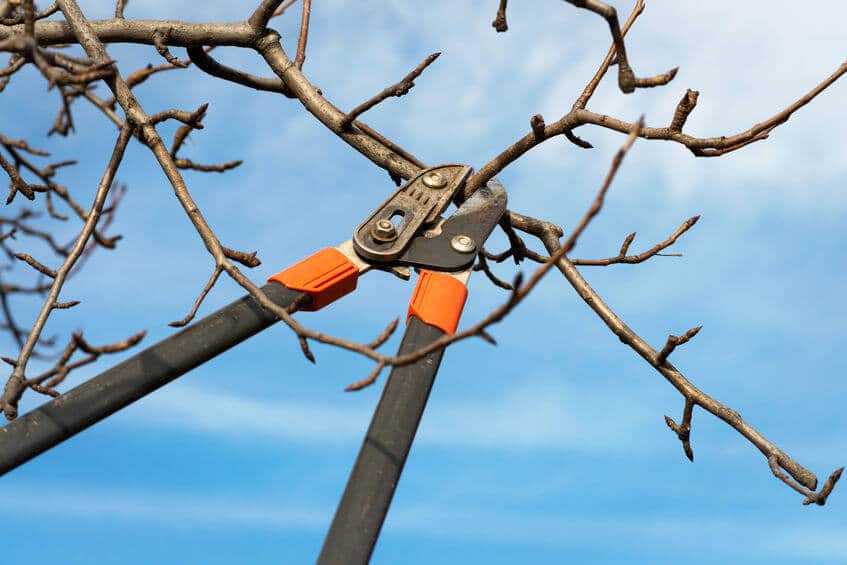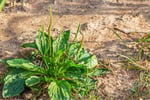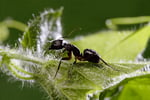Lawn Fertilizing Tips for Colorado Homeowners
Understanding Colorado’s unique climate and the challenges is essential when developing a lawn care strategy. But no matter whether you’re living in Denver or Durango, a healthy lawn begins with knowing when and how to fertilize based on your local climate and growing conditions. Our lawn care experts can help you dial in your fertilization program.
If you’re living in Denver and want to take your lawn care to the next level, we are here to help with year round lawn care services that are guaranteed to have your grass looking healthy and vibrant.
Colorado’s Challenging Climate
If you’re just looking for some lawn care tips to fuel your DIY spirit we can help with that too.
Our expert lawn care technicians advise that a solid game plan starts with knowing when to awaken your lawn from a long winter’s slumber. That means knowing when to apply fertilizer in the Rocky Mountain state. Whether you’re in Denver or up in the high country, timing is everything when it comes to jump-starting your lawn in Colorado’s truncated growing season.
Due to its unique and varied climate, Colorado presents some unique challenges for homeowners who are wondering how to best care for a lawn. Colorado’s climate is characterized by extreme winter and summer weather – sometimes in the same week, or so it may feel - and that’s not just in the Rocky Mountains and ski towns like Vail and Aspen.
The unpredictable and varied weather patterns include the Denver metro area and other larger cities like Colorado Springs and Fort Collins.
When to fertilize? Timing is Everything.
No matter where you’re living and what type of grass is growing in your backyard, a good fertilization strategy relies on providing adequate fertilizer at the right time. The most important element is nitrogen and timing is essential.
Wondering when to fertilize your lawn in Colorado? According to the Colorado State University Ag Extension office, homeowners should look to make their first nitrogen-based fertilizer application as early as March. Of course, that may not be possible in areas of the state where snow and freezing temperatures linger, but in parts of East Denver and other dryer and warmer communities like Durango that’s probably about right, depending on the weather. For high maintenance species like bluegrass and ryegrass, you’ll likely need to go a little heavier on that initial application with the recommendation of roughly 1.5 pounds of nitrogen per 1,000 square feet of turf.
That might not mean a lot to you if you’re not a farmer or a chemist, but calculating the amount of nitrogen in a bag of fertilizer is actually quite easy. Simply take the weight of the bag and multiply it by the percent of nitrogen in the bag, which is the first number in the three number sequence that is clearly printed on each bag of lawn fertilizer. For example, to calculate how much nitrogen is in a 20 lb with an N-P-K number of 12-12-12, you would multiply 20 x.12. That comes out to 2.4 lbs. That is enough fertilizer to cover a lawn that’s a little bigger than 2,000 square feet, assuming that you're growing a high maintenance bluegrass or rye grass.
A less demanding turf grass like fescue requires only about half as much fertilizer for the same area.
Don’t Overdo It
While it's essential to get enough nutrients to your lawn as early as possible, it’s also important not to over fertilize your lawn, which can lead to other issues including thatch build up and increased maintenance costs, including additional water demand. The initial application should be followed up by a second larger application in May or June. Again, the CSU Extension office recommends roughly doubling the application amount in April. For bluegrass strains this is about one pound of nitrogen per 1,000 square feet. (Note that Colorado has one of the smallest average yard sizes in the nation according to Home Advisor, coming in at roughly 8,000 square feet)
While there is plenty to do in terms of lawn maintenance and weed control through the height of the summer, our experts recommend that you hold off on your next application until early fall. A good mental marker would be Labor Day weekend, either a few weeks before or a few weeks after works fine. Use the same amount of fertilizer in the fall as you applied in the initial spring treatment. A final application should occur sometime around Halloween and certainly before Thanksgiving when your lawn could be under a foot of snow. But hey, isn’t that why we live in Colorado in the first place?
If you’ve followed our advice and are still having issues, it may be time to test your soil for nutrient balance. If you have questions about how to do that, we’d be happy to assist. Just call our offices in East or West Denver and our experts will be happy to walk through the issue or to schedule a free estimate for our no-hassle lawn care service.










